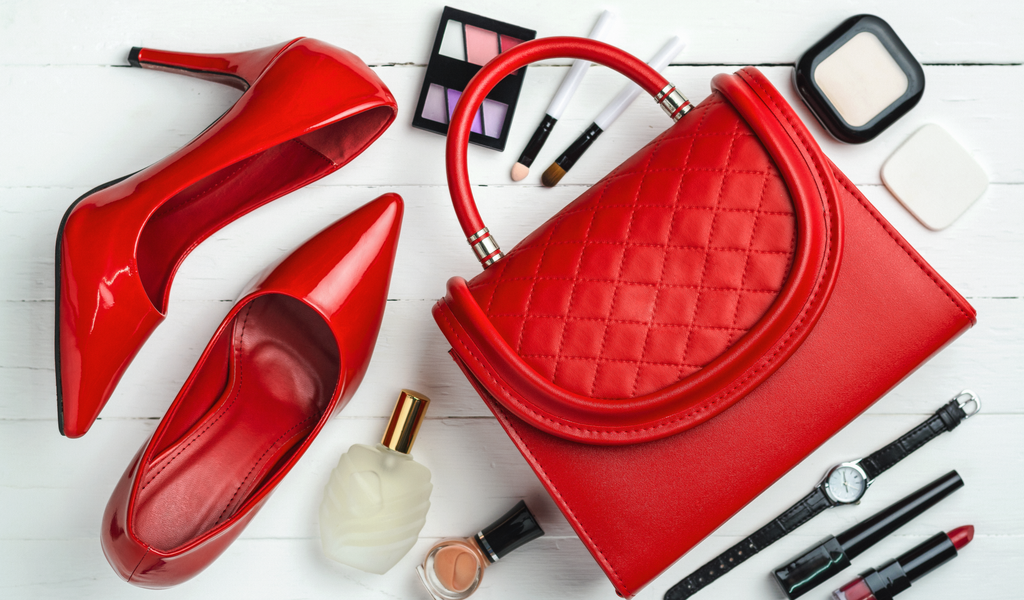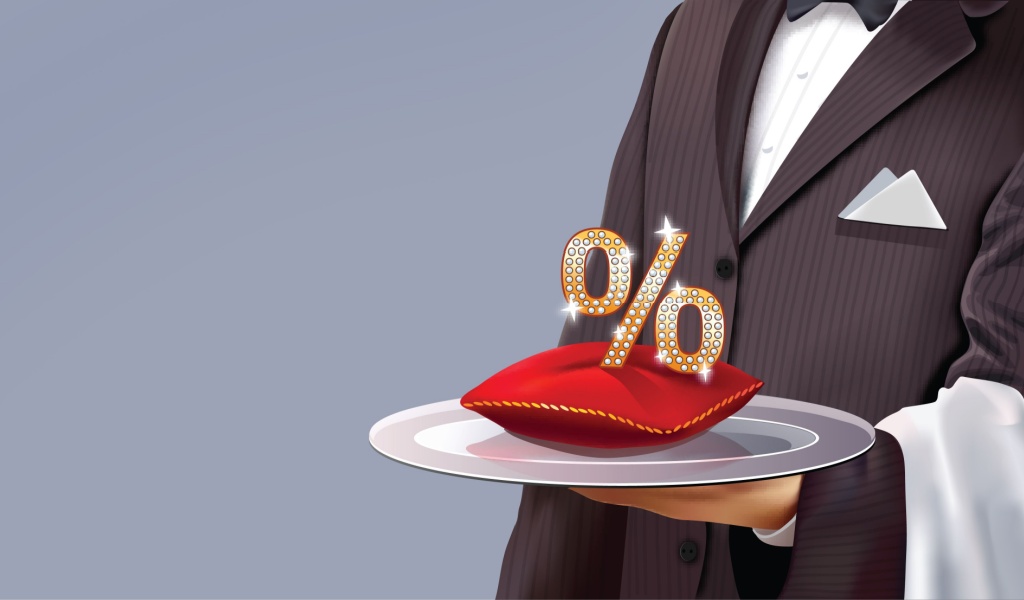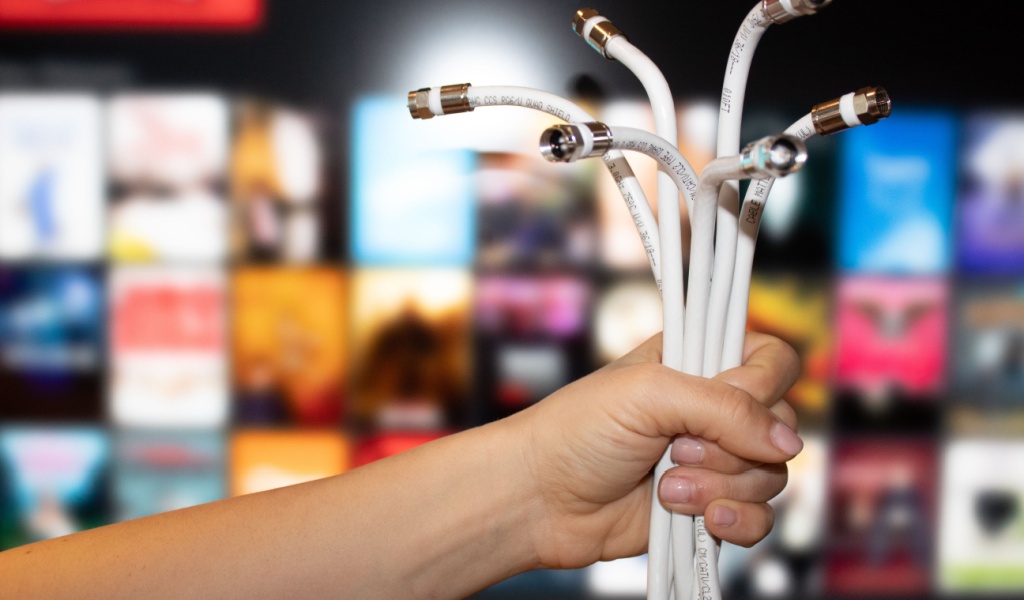What is a Luxury Item?
A luxury item is something an individual does not need to live but is deemed highly desirable by society or within a culture.

While what is considered a luxury item may differ among countries, societies, and even individuals, here are some common examples of luxury items:
- High-end designer clothing.
- Expensive “branded” accessories, handbags, watches, etc.
- Sports cars or other exclusive automobiles.
- Yachts or ships.
- Homes or other real estate.
- High-end home appliances or new technology.
- Services such as personal chefs, full-time housekeepers, personal drivers, etc.
Luxury Items vs. Necessities
Necessities or “needs” are the basic expenses of an individual that is absolutely necessary. This includes expenses such as food, water, shelter, clothing, etc. While needs are similar to everyone regardless of who they are, there still may be a difference in what is considered a necessity when it comes to people of differing wealth.
For instance, food is essential for all. But while a college student may consider his dinner sorted with a packet of instant ramen noodles, a high-earning individual would probably spend a lot more on his meal. Similarly, while one person may consider a car a necessity, it may be a luxury for someone else.
Demand for Luxury Items
Demand for luxury items goes up in direct correlation with a person’s wealth or income. The higher the percentage increase in income, the higher the percentage increase in luxury purchases. Since luxury items are seen as an indication of a positive change in a person’s income, the demand for them goes up.
On the other hand, if there is a decrease in income, the demand for luxury items will decline. This is the same when the economy is a downturn. Since people lose their jobs or end up in low-paying jobs during a recession, there is a decrease in personal wealth, which reflects in luxury item purchases.
For example, the demand for more advanced home appliances, like a robotic vacuum cleaner or larger HD TV may increase as a person’s income increases. But in case of a job loss or other decrease in income, the demand for these would decrease.
Who Buys Luxury Items
Luxury items, by definition, are very expensive. This makes it impossible for low-income individuals to afford them because a majority of their income goes to need-based expenses. If they could afford them – the item wouldn’t be considered a luxury!
This means that wealthy people are disproportionately customers of luxury goods. Luxury goods are considered conspicuous consumption, which is an indication of things that are purchased for the sole or main purpose of displaying one’s wealth.
Luxury items may also include certain services that are seen as reserved for the wealthy, such as personal live-in chefs, or full-time housekeepers/child caretakers. A low-earning individual would probably not be able to afford these.
Even in the case of a specific product that is used by all, there would be a clear indication between the luxury item and the “ordinary” product. While the most common indicator of a luxury item is the price, it is also apparent in things like packaging, marketing, etc.
Luxury Item vs. Inferior Good
An inferior good is the opposite of a luxury item. Just as the demand for luxury items goes up when a person’s income increases, the demand for inferior goods goes down at the same time. For instance, someone who purchases store-brand coffee regularly may opt for more expensive, high-quality coffee when his income gets a raise, making the cheaper coffee an inferior product.
In a different circumstance, a luxury item may become an inferior item as a person’s wealth continues to increase. Sports cars are seen as a luxury item in general. But if a person’s income increases to the point that they stop collecting such cars and opt to collect yachts and airplanes instead, sports cars will become an inferior item.
A luxury item doesn’t automatically denote higher quality, but it is true that such goods are considered by all to the be best/highest the market has to offer in terms of price and quality.

The Snob Effect
While the general rule of demand and supply states that demand increases as price decreases and vice versa, there is a special category of products where the demand increases as price increases! This is known as the “snob effect” or Veblen goods. This is because the higher price makes it stand apart as a luxury item that is affordable only to a select few, making it a status symbol of sorts.
For instance, it’s difficult to justify the massive difference in price among the perfume brands available in the market as the difference in quality isn’t as drastic as the difference in their prices. However, increasing the price of a certain brand can surge its sales rather than decline it as it is seen as an increase in perceived value. Ultimately, it comes down to the target customer base and their perceptions.



